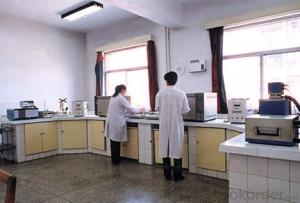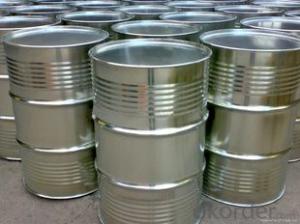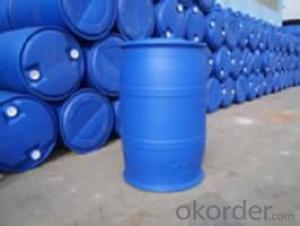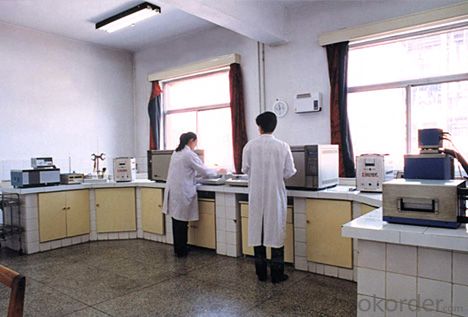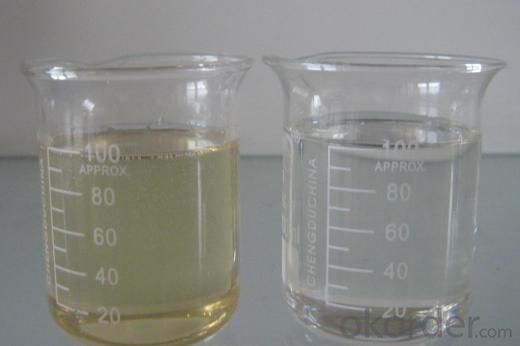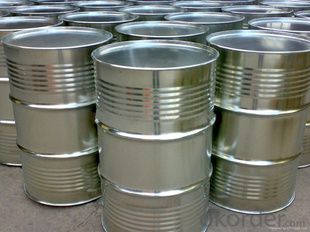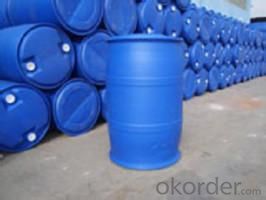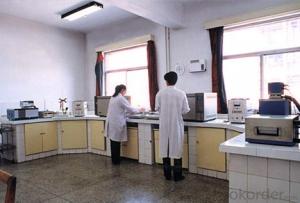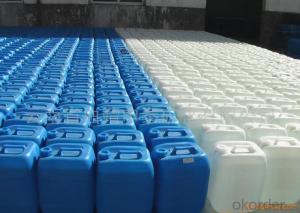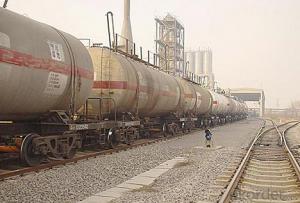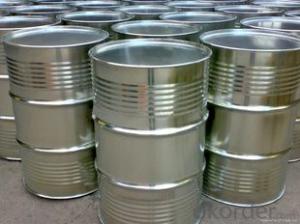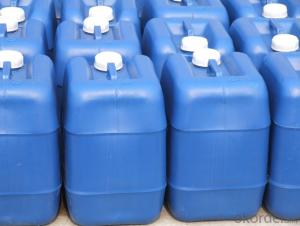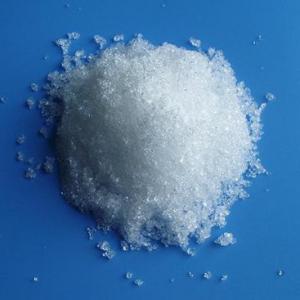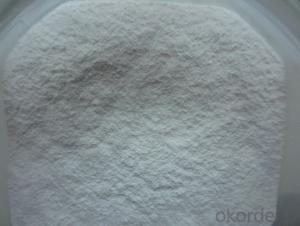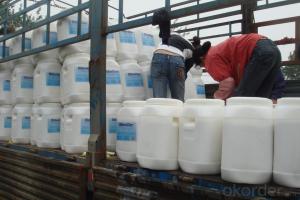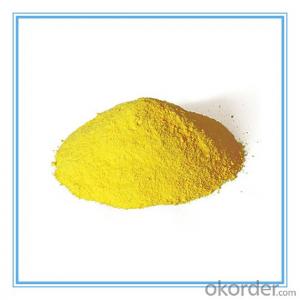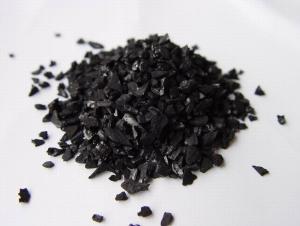Environmentally Frendly Plasticizer DEDB
- Loading Port:
- Tianjin
- Payment Terms:
- TT OR LC
- Min Order Qty:
- 16.8
- Supply Capability:
- 8000 m.t./month
OKorder Service Pledge
OKorder Financial Service
You Might Also Like
Product performance:
Polyol Benzoate (DEDB) is colorless or pale yellow transparent oily liquid, water-insoluble, soluble in aromatic hydrocarbons, ketones and ethers, and has good compatibility withpolyvinyl chloride, ethylene - vinyl acetate copolymer, poly vinyl acetate, polymethylmethacrylate, polyvinylbutyral, nitrocellulose, and ethyl cellulose, etc.
Product application:
Polyol Benzoate(DEDB) is an environmentally friendly plasticizer with the characteristics of strong solubility, good compatibility, low volatility,resistant to oil, water, light, pollution etc. It is suitable for processing PVC flooring material, plastisol, artificial leather, cable material, soft and hard pipe, shoes material, rubber strips, synthetic rubber, and paint, printing ink, etc. It has a better plasticized effect if it is used together withDOP or DBP, and has greatly achieved the purpose of reducing cost .
Product quality index
Item | First grade | Second grade |
Chroma(APHA) ≤ | 50 | 60 |
Ester % ≥ | 99.5 | 90.0 |
Density(20°C)g/ | 1.120-1.126 | 1.172-1.78 |
Acidity(as benzene dicarbonic acid) % ≤ | 0.01 | 0.02 |
Flash Point °C ≥ | 195 | 192 |
Loss on heat(125°C,2 hours)% ≤ | 0.3 | 0.5 |
Chroma after heat treatment | 80 | 100 |
Specifications
1. Direct producer with 15 years experience
2. ISO9001:2000
3. High quality, lower price and best service
4. New plasticizer
Packaging: IBM, net weight: 1000 kg.
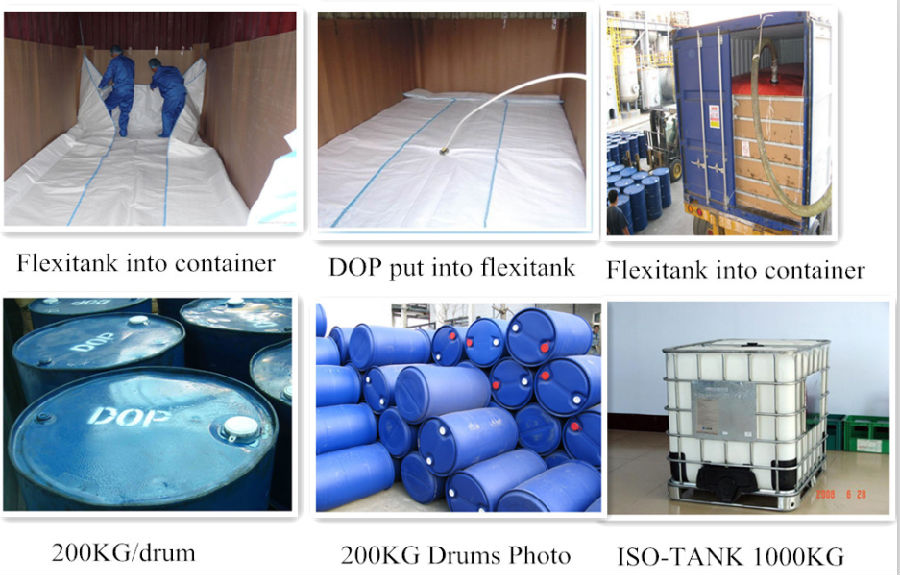 Our Factory:
Our Factory:
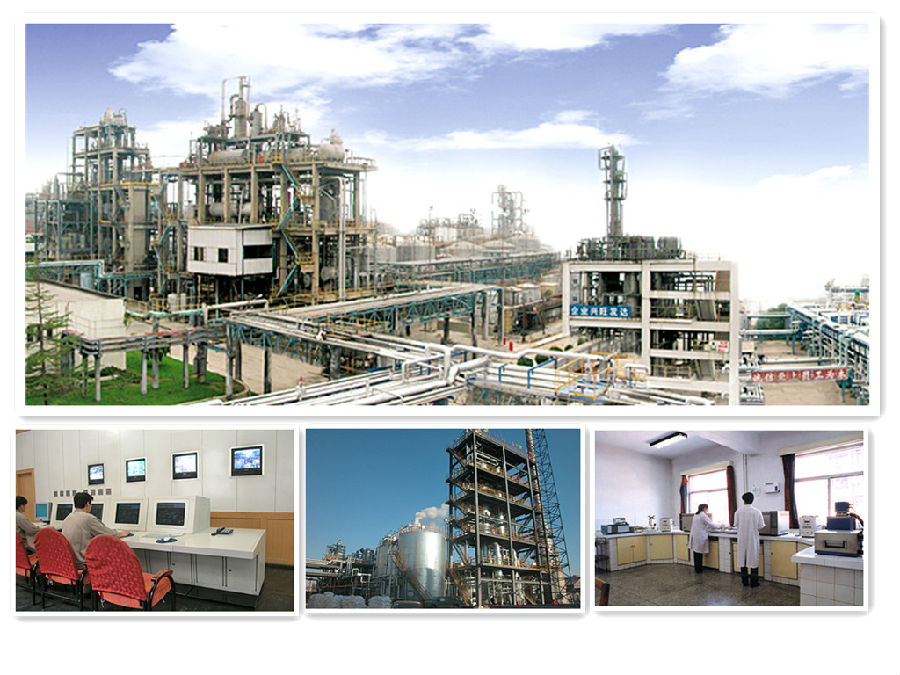
- Q: Is the catalyst considered a chemical reaction?
- But in fact the catalyst is in the process of the whole process of the catalyst involved in the reaction of the consumption of the catalyst but eventually produced a catalyst equivalent to no reference
- Q: Hydrogen and oxygen in the role of the catalyst can do the chemical formula of aviation fuel?
- Do not be irresponsible, rocket fuel is hydrogen peroxide. H2 + O2 = H2O2 (catalyst)
- Q: Pls help me define a catalyst.?
- In chemistry and biology, catalysis is the acceleration (increase in rate) of a chemical reaction by means of a substance, called a catalyst, that is itself not consumed by the overall reaction. The word is derived from the Greek noun κατ?λυσι?, related to the verb καταλ?ειν, meaning to annul or to untie or to pick up. A catalyst provides an alternative route of reaction where the activation energy is lower than the original chemical reaction. Catalysts participate in reactions but are neither reactants nor products of the reaction they catalyze. An exception is the process of autocatalysis where the product of a reaction helps to accelerate the same reaction. They work by providing an alternative pathway for the reaction to occur, thus reducing the activation energy and increasing the reaction rate. More generally, one may at times call anything that accelerates a reaction, without itself being consumed or changed, a catalyst (for example, a catalyst for political change). A good example of a catalyst is in the disproportionation of hydrogen peroxide. Hydrogen peroxide reacts to give water and oxygen gas by itself: 2 H2O2 → 2 H2O + O2 Usually, this reaction is slow. On the addition of manganese dioxide to a dilute solution of hydrogen peroxide, an effervescence is observed, and much oxygen, detectable by a glowing splint, is evolved. The manganese dioxide may be recovered, and re-used indefinitely, thus it is a catalyst — it is not consumed by the reaction. A promoter is an accelerator of catalysis, but not a catalyst by itself. An inhibitor inhibits the working of a catalyst.
- Q: How do I write about the ion equation?
- 4NH3 + 5O2 == 4NO + 6H2O
- Q: The size of △ H in the thermochemical reaction equation is related to the use and unused catalyst
- It does not matter
- Q: Explain how catalysts help to reduce costs in industrial processes !?Thanks
- They speed up a reaction, allowing you to get more product more quickly and remain unchanged, therefore you can use them over and over again.
- Q: I have just spent CAN$550 to replace a catalyst converter at one end of the muffler. The repairman said I need to replace the oxygen sensor very soon, otherwise, the C.C. will be gone again. Is that true... can someone confirm this for me. Thanks.
- The oxygen sensor senses whether the exhaust coming out of the engine is clean of emissions gasses. It can also alter the air-fuel mixture in the engine to run leaner or richer. And yes, it's always a good idea to change the oxygen sensor when changing the c.c. because it can damage the c.c or other components in your engine.
- Q: put in a way that a freshman in high school can understand please =)
- which of the following statement apply both to enzymes and to any other catalysts: their activity is stopped by high temperature. they speed up chemical reaction. they are proteins. they are not used up during the reaction
- Q: Does all chemical reactions have a catalyst?
- Not some reaction without catalyst
- Q: What chemical reactions can water do the catalyst?
- Many solid and solid reactions can be converted into reactions between liquids, which speeds up the reaction rate, and perhaps the water here is the catalyst.
Send your message to us
Environmentally Frendly Plasticizer DEDB
- Loading Port:
- Tianjin
- Payment Terms:
- TT OR LC
- Min Order Qty:
- 16.8
- Supply Capability:
- 8000 m.t./month
OKorder Service Pledge
OKorder Financial Service
Similar products
Hot products
Hot Searches
Related keywords
